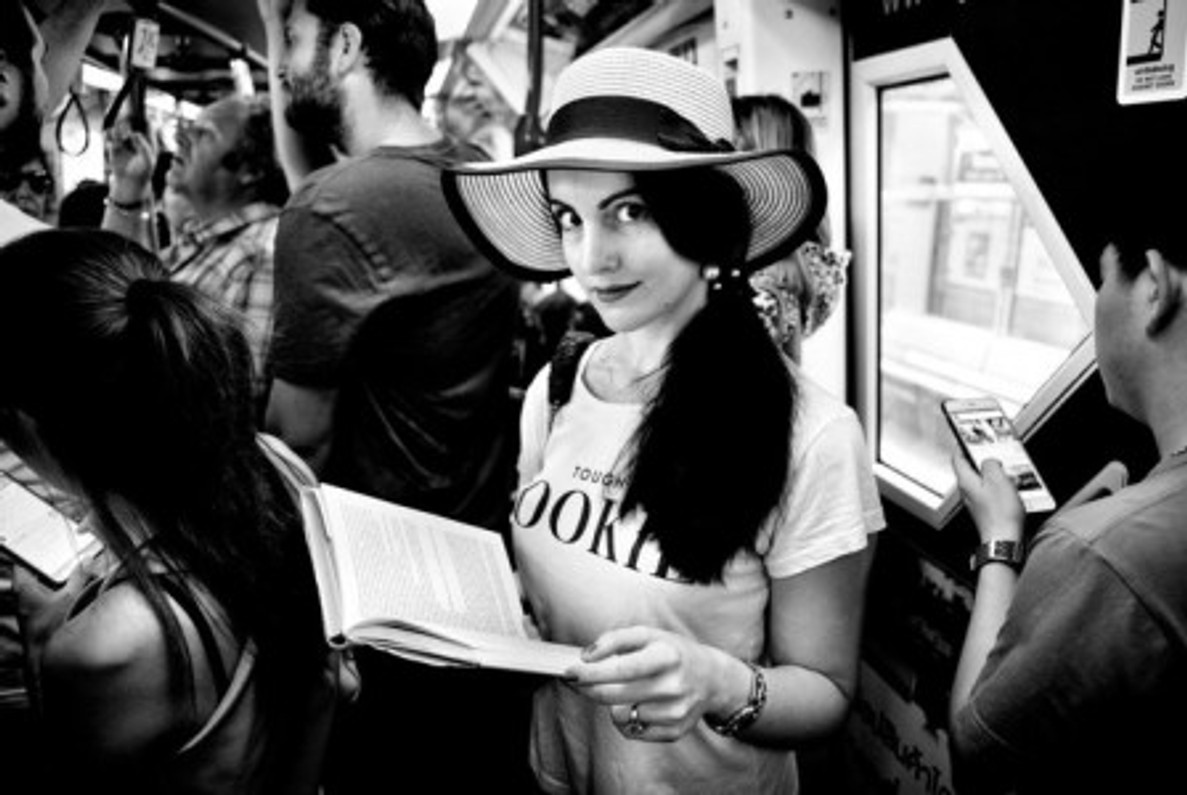Mastering the Art of Street Photography
Street photography is more than just pointing your camera toward strangers and hoping for an interesting moment. It’s about telling real stories, capturing fleeting emotions, and freezing life in its rawest form. Whether you’re strolling through bustling city streets or wandering down a quiet lane, the possibilities are endless. And when you’ve captured that perfect shot, it’s worth preserving—services like canvas prints online allow you to transform those candid moments into high-quality wall art that lasts a lifetime.
Why Street Photography Matters
Street photography is not about perfection—it’s about authenticity. You’re documenting unposed, real-life scenes, often filled with emotion, culture, and unexpected beauty. A single frame can reveal the character of a place, the struggles of its people, or the joy of a fleeting smile. It’s also one of the most accessible genres of photography—requiring minimal equipment and offering endless subjects.
For many photographers, street photography becomes a creative outlet that sharpens their eye for detail, improves timing, and teaches them to anticipate moments before they happen.
1. Choosing the Right Gear for Street Photography
One of the best things about street photography is that you don’t need expensive gear to start. However, choosing tools that match your style and comfort can make a big difference.
Camera:
-
Mirrorless cameras are light, discreet, and have fast autofocus.
-
DSLRs offer great quality but can be more noticeable.
-
Compact cameras and even smartphones work surprisingly well when paired with the right technique.
Lenses:
-
35mm prime lens – A classic choice, offering a natural field of view that’s versatile for street scenes.
-
50mm prime lens – Great for capturing portraits and details.
-
Wide-angle lenses – Perfect for immersive environmental shots.
Other essentials:
-
A comfortable camera strap for mobility.
-
Extra batteries and memory cards.
-
A discreet camera bag to avoid drawing attention.
2. Mastering Technique: Capturing the Decisive Moment
Henri Cartier-Bresson, one of the pioneers of street photography, coined the term “decisive moment” to describe capturing an event at the precise instant it unfolds. Here’s how you can train yourself to catch these moments:
-
Be patient, but alert. Sometimes the most powerful shots require minutes—or hours—of waiting.
-
Anticipate movement. Watch body language, traffic flow, and street activity to predict interactions.
-
Stay discreet. Blending in helps you capture natural expressions instead of staged poses.
-
Shoot from the hip. If you’re shy about pointing your camera directly, this technique lets you capture candid frames without being intrusive.
3. Composition and Lighting in Street Photography
Street photography thrives on strong composition. While rules can be broken, understanding them first is crucial.
Composition tips:
-
Rule of thirds: Place your subject off-center for a more dynamic feel.
-
Leading lines: Use streets, shadows, or architecture to guide the viewer’s eye.
-
Framing: Shoot through doorways, windows, or arches to add depth.
-
Juxtaposition: Capture contrasting elements—old vs. new, rich vs. poor, stillness vs. motion.
Lighting tips:
-
Golden hour: Soft light enhances textures and colors.
-
Overcast days: Ideal for avoiding harsh shadows and overexposed highlights.
-
Night shooting: Use available light sources—street lamps, neon signs, shop windows—for mood and drama.
4. Navigating the Ethics of Street Photography
Street photography often involves capturing strangers, so it’s important to be respectful and aware of local laws.
-
Know the rules. Some countries have strict privacy laws regarding photographing people in public.
-
Ask when possible. If someone notices you and seems hesitant, a friendly gesture or quick conversation can go a long way.
-
Avoid sensitive situations. Be mindful of photographing vulnerable individuals.
-
Show respect when sharing. Online sharing should not misrepresent or exploit your subjects.
5. Editing and Post-Processing for Impact
Editing can make or break a street photo. The goal is not to alter reality but to enhance the emotion and atmosphere.
-
Convert to black & white for a timeless, dramatic look.
-
Adjust contrast and shadows to highlight key elements.
-
Crop strategically to remove distractions and strengthen the focus.
-
Preserve authenticity—avoid over-editing that changes the scene’s truth.
6. Bringing Your Street Photography to Life
The true joy of photography is in sharing it. While social media offers instant exposure, nothing compares to holding a physical print or seeing your work displayed on a wall.
Turning your best shots into canvas prints gives them a tangible presence. The texture of the canvas adds depth and a painterly feel, making even everyday scenes look like art. A large-format print can transform a plain wall into a storytelling space—ideal for your home, studio, or office.
For photographers who want to sell or exhibit their work, professional printing through reputable services ensures longevity and quality. This way, your moments of street magic become lasting works of art that others can experience daily.
Final Thoughts
Street photography is both a challenge and a joy—it forces you to slow down, look closer, and engage with the world in a deeper way. Every street holds stories waiting to be told, and with practice, you’ll develop an instinct for capturing them.
So grab your camera, explore your city, and take that shot. And when you’ve caught a moment worth remembering, consider transforming it into a print that will last for decades—because the streets may change, but your story will stay.
Recent Posts
-
Cheapest Canvas Prints Australia: Ideal Gift Ideas That Won’t Break the Bank
Finding meaningful gifts doesn’t have to drain your wallet—especially when personalised decor is mor …5th Dec 2025 -
Best Deals for Canvas Prints in Australia: Budget-Friendly Picks
In today’s décor-focused world, canvas prints have become one of the most popular ways to personalis …5th Dec 2025 -
Acrylic Photo Prints for Event Photography: Showcase Your Best Shots with Stunning Clarity
Event photographers constantly seek high-impact ways to present their work—whether for weddings, cor …5th Dec 2025
